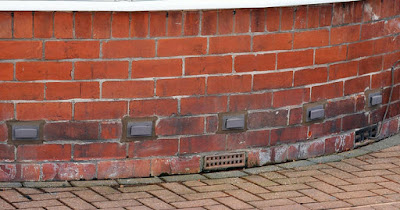Damp proof course
One of the basic requirements of a building is that it should remain dry or free from moisture traveling through walls, roofs or floors. Dampness is the presence of hygroscopic or gravitational moisture. Dampness gives rise to unhygienic conditions, apart from the reduction in strength of structural components of the building. Damp prevention is, therefore, one of the items of building design. Every building should be damp-proof. It is provided at the plinth level of the building.
Harmful effects of dampness:
Dampness is the presence of hygroscopic moisture. It gives
rises to unhygienic conditions apart from a reduction in the strength of structural
components.
The six harmful effects of dampness are as following:
i)
It causes softening and crumbling of plaster.
ii)
It caused dry rot to the wooden portion.
iii)
It causes the paints to be blistered.
iv)
Dampness in the building can dangerous if any form
of electrical things come in contact with it.
v)
It causes the breeding of mosquito and creates
unhealthy living conditions.
vi)
Floorings get loosened because of reduction in
adhesion.





No comments
Thank You For Your Comment.